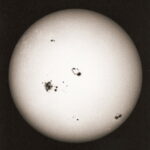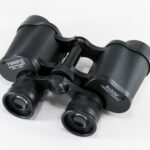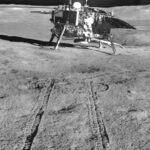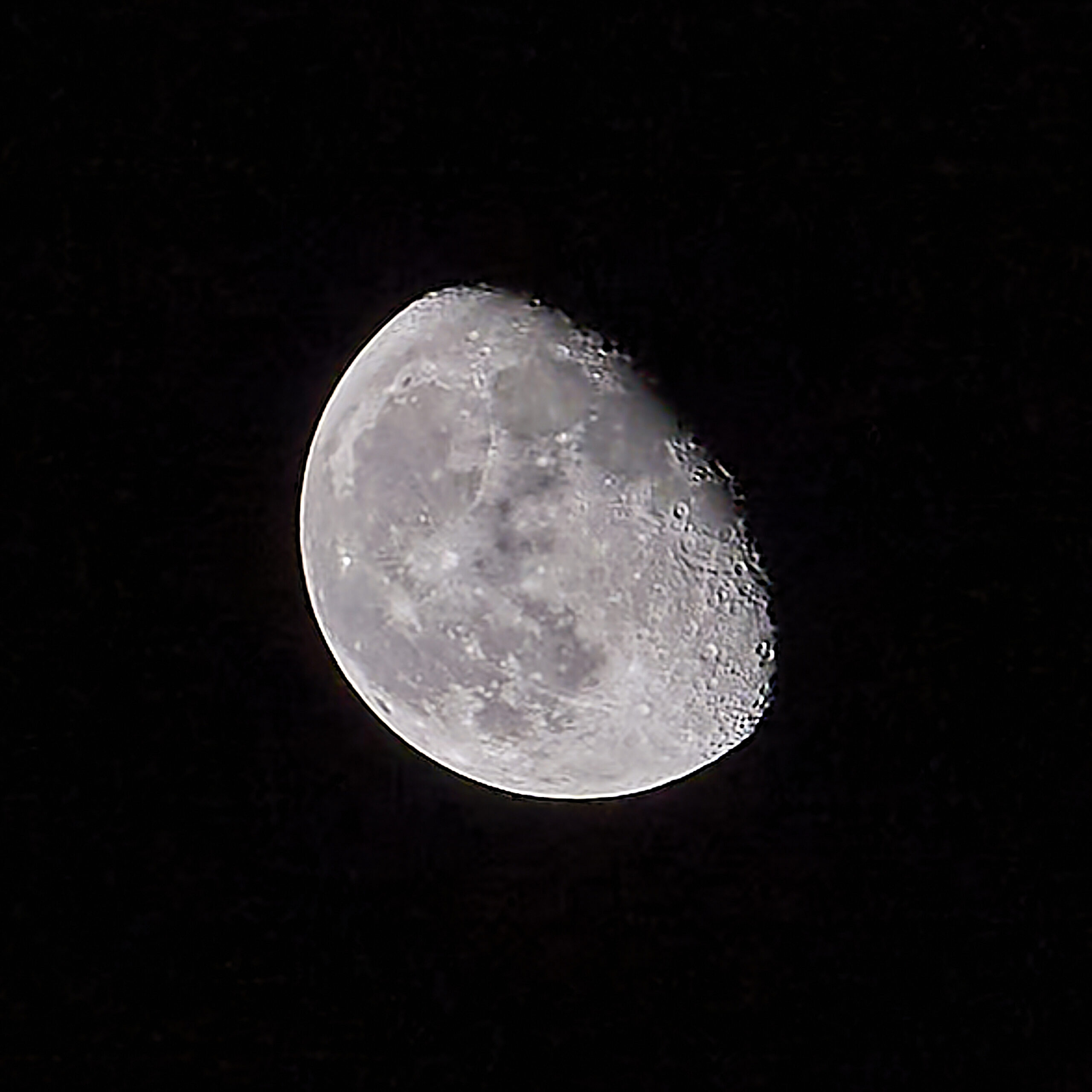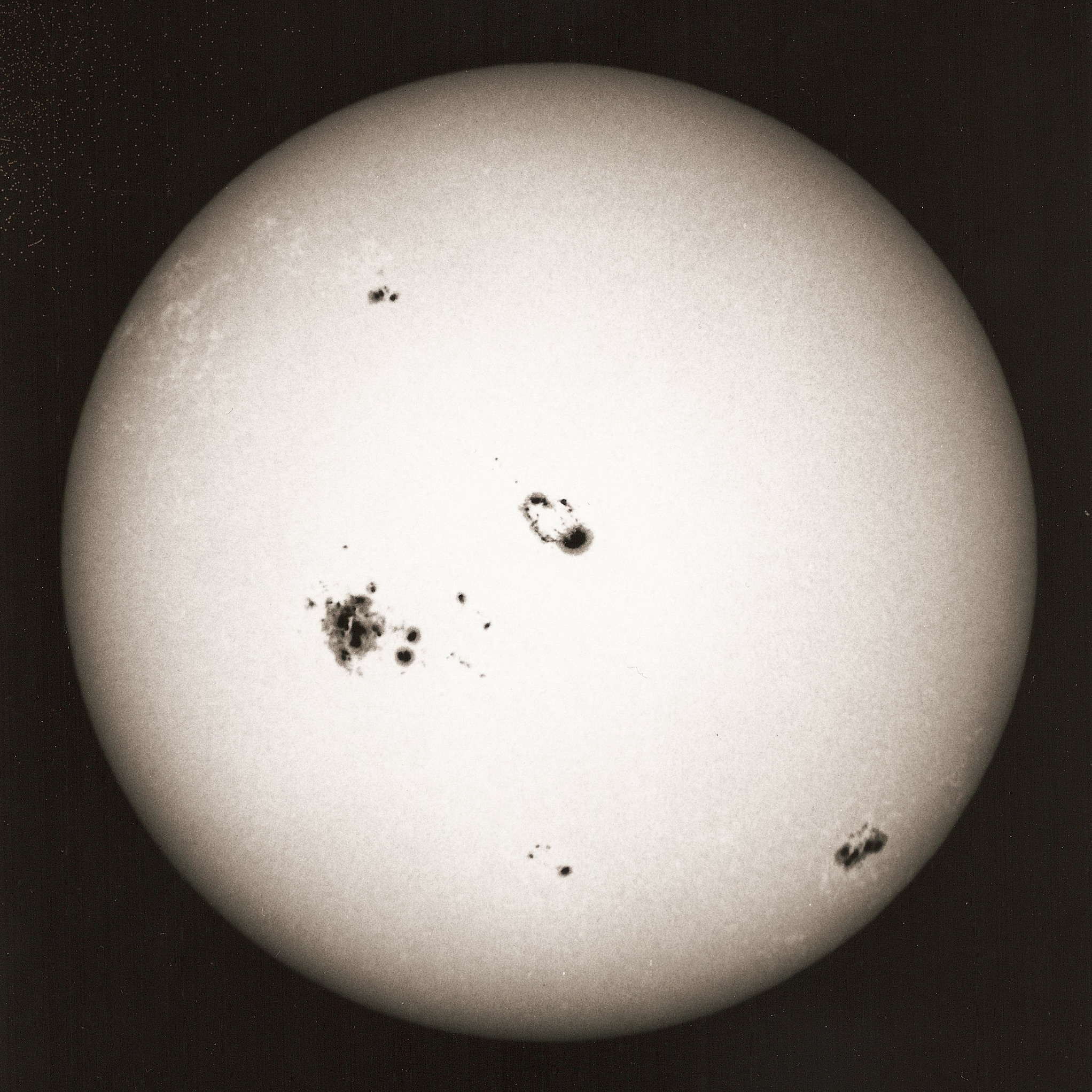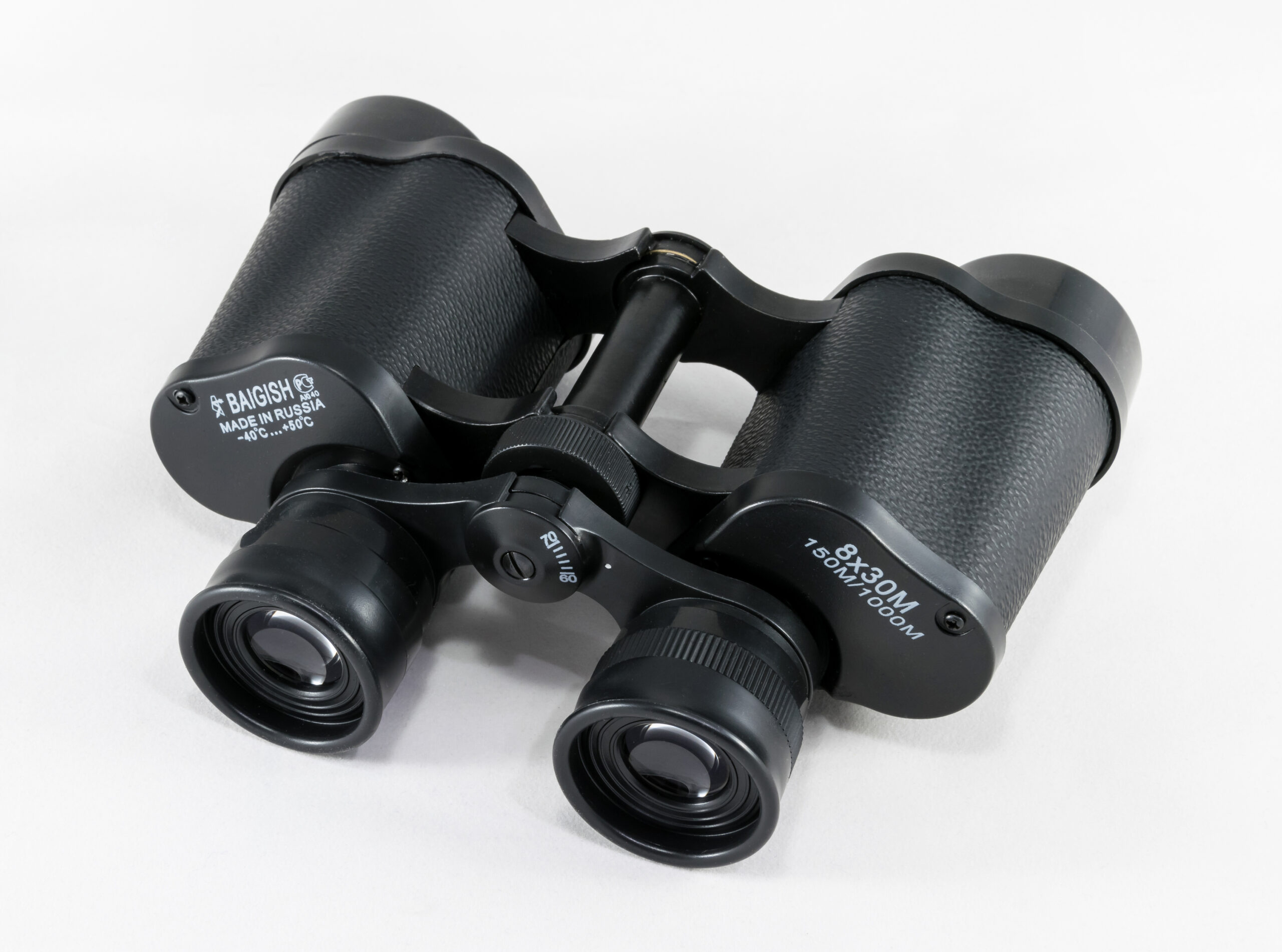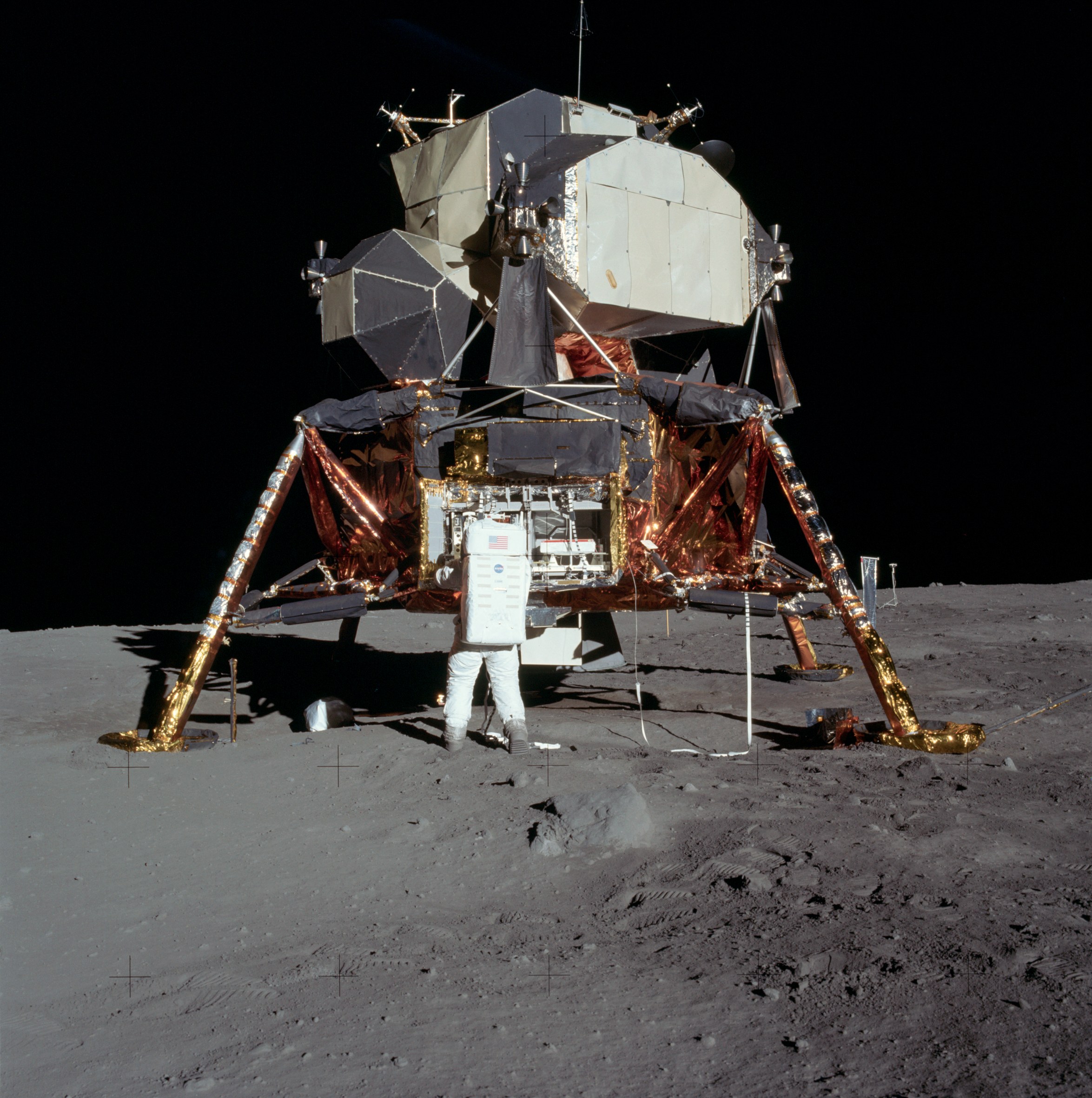Understanding the moon phases isn’t just for astronomers; it’s incredibly valuable for any curious mind. The Moon travels through a cycle of phases every month, and these phases are one of the most familiar sights in the night sky.
Each phase of the moon is distinct and can be categorized as one of eight key stages: new moon, waxing crescent, first quarter, waxing gibbous, full moon, waning gibbous, last quarter, and waning crescent. So what does each of these looks like and what do they mean or signify..
The phases of the Moon are the result of its orbit around Earth and the sunlight that illuminates it. It’s essential to understand that we see only the portion of the Moon that the sun is shining on at any given time. As the Moon orbits, this illuminated part changes, giving us the phenomenon of moon phases.
We must remember that the moon’s phases reveal a simple and elegant principle of the celestial dance. It’s a constant change that reminds us of the cycles of nature and time. Now, let’s explore further into the intricate celestial mechanics that make this process a reality.
The Synchronized Dance of Earth, Moon, and Sun
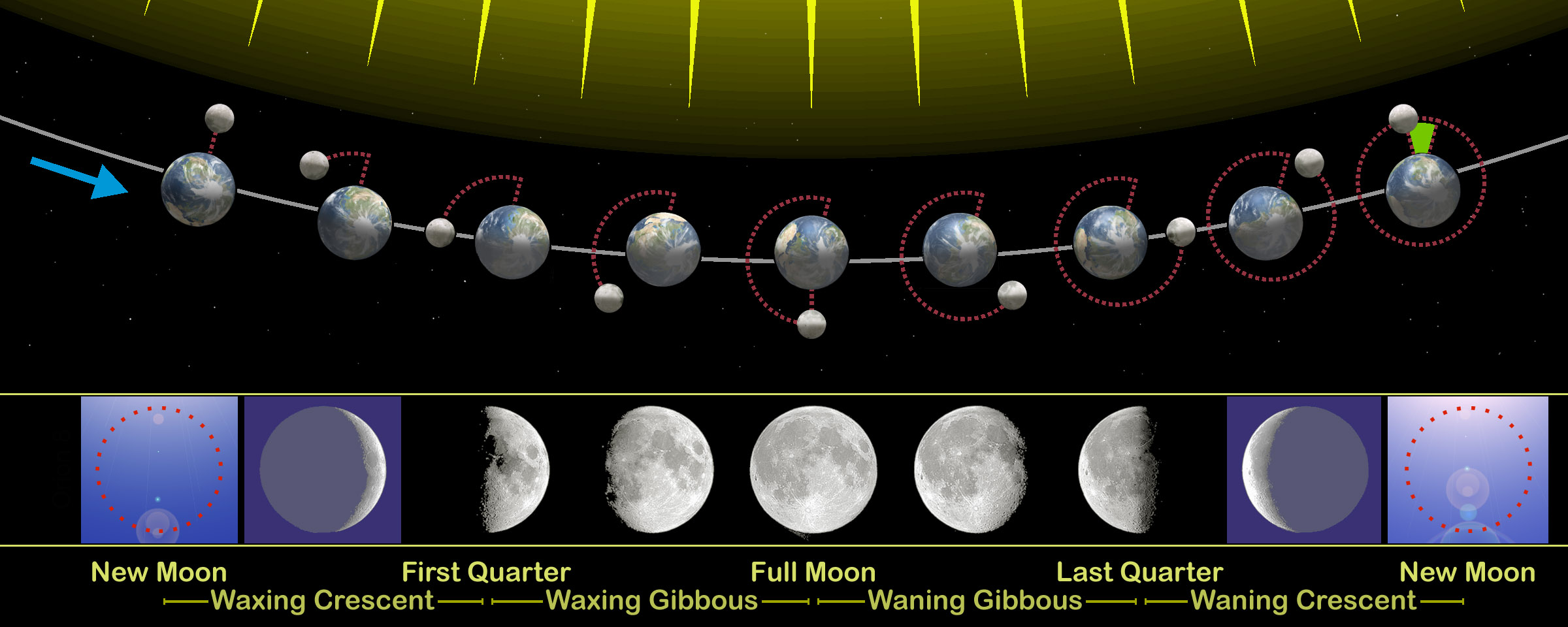
To truly grasp why we witness the moon’s changing appearance, it’s crucial to visualize the ongoing celestial interplay. Imagine Earth as a stage, with the Moon and the Sun its lead dancers, moving in a consistent yet complex routine.
As the Moon orbits Earth, it’s also rotating on its axis. The time it takes to complete one orbit around Earth is nearly identical to the time it takes to rotate once. This synchronized twirl results in the same side of the Moon always facing Earth, a phenomenon known as ‘synchronous rotation.’
Sunlight is the key player in this cosmic performance. The Moon doesn’t radiate light; rather, it reflects the Sun’s light. As the Moon travels around Earth, the Sun illuminates different portions of its surface from our viewpoint on Earth, creating the phases we see.
When the Moon is positioned between Earth and the Sun, the side facing us is dark; this is the new moon phase. Conversely, when Earth is between the Sun and the Moon, the side facing us is fully lit, presenting the full moon. The quarters and crescents form as the Moon makes its circuit, revealing varying slices of daylight on its surface.
Through its orbit, the Moon also slightly ascends and descends, due to its orbital tilt with respect to Earth’s orbital plane. This is why the exact times and appearances of the phases can vary each month.
This celestial choreography is not only mesmerizing to observe, but it holds significant scientific value. For example, understanding the Moon’s orbit helps astronomers predict eclipses and provides crucial insights into the dynamics of our solar system.
With the mechanics of the lunar phases illuminated, it’s empowering to take that knowledge and apply it to personal observation. Up next, I’ll share effective methods for you to track and observe the Moon’s phases, enriching your appreciation for this celestial spectacle.
Observing the Moon’s Phases: A Guide
Noticing the moon’s transformations from my window reminds me of the beauty and predictability of celestial mechanics. With a little knowledge and attention, you can track the lunar phases too, noting the times each phase is visible and recognizing patterns over time. Make use of a lunar calendar or smartphone app that provides daily moon phase information, aiding in your sky-watching endeavors.
Beyond the practical how-to, understanding the moon’s phases enriches our appreciation of natural cycles. For millennia, diverse cultures have assigned meanings and stories to the changing moon, shaping calendars and agricultural practices. Today, scientists continue this tradition, using the phases for research and exploration planning.
Finally, it’s not just for scientists or enthusiasts; appreciating lunar phases has tangible benefits. Tides are influenced by lunar phases, an essential consideration for fishing and boating communities. Photographers and stargazers plan their activities based on moonlight conditions. So, take a moment to look up now and then, and you’ll find the moon’s ever-changing face is a reliable marker of time and a reminder of our place in the broader cosmos.
